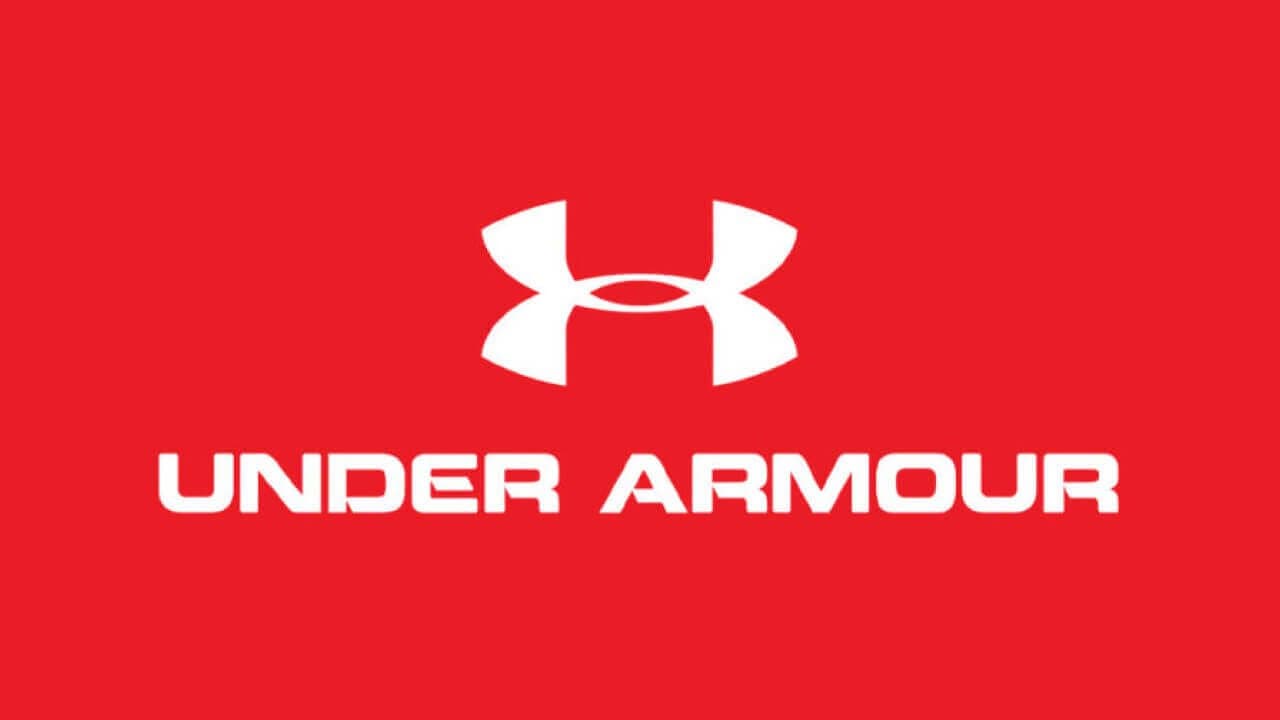Under Armour’s Turnaround Strategy: Navigating Revenue Declines with Confidence
Explore how Under Armour’s bold turnaround strategy and marketing push are reshaping its brand amid revenue drops, offering fresh insights into beating market expectations and regaining shopper loyalty.

Key Takeaways
- Under Armour’s revenue fell 11% year-over-year in Q2 2025 but beat Wall Street’s expectations.
- Net income surged nearly 63% to $170 million despite declining sales.
- CEO Kevin Plank’s turnaround focuses on premium repositioning, fewer promotions, and stronger pricing.
- The company plans its most significant marketing effort to reengage consumers and wholesale partners.
- Under Armour raised its outlook for 2025, signaling cautious optimism amid ongoing challenges.

Under Armour’s latest quarterly report tells a story of challenge and cautious hope. While revenue dropped 11% year-over-year to $1.4 billion in Q2 2025, the company managed to beat Wall Street’s expectations, signaling that CEO Kevin Plank’s turnaround strategy is gaining traction. This strategy centers on repositioning Under Armour as a premium brand, cutting back on promotions, and focusing on disciplined execution. Despite the revenue dip, net income soared nearly 63% to $170 million, a bright spot amid the storm. With plans for its most significant marketing push yet and renewed efforts to strengthen wholesale partnerships, Under Armour is navigating a tough retail landscape with a clear-eyed vision. This article unpacks the key elements of Under Armour’s financial journey, the myths around sales declines, and what investors and shoppers can expect next.
Navigating Revenue Declines
Under Armour’s Q2 2025 revenue fell 11% year-over-year to $1.4 billion, a headline that might make casual observers wince. But here’s the twist: the company actually beat Wall Street’s revenue expectations, which had forecasted a steeper 12.4% drop to $1.17 billion. This subtle outperformance hints at a deeper story than just shrinking sales. North American revenue dipped 13%, while international sales dropped 6%, reflecting the brand’s ongoing challenges in key markets. Apparel and footwear revenues declined by 12% and 11%, respectively, but accessories nudged up 2%, showing pockets of resilience.
This revenue contraction isn’t just a sign of trouble; it’s partly a strategic sacrifice. CEO Kevin Plank’s turnaround plan involves reducing promotions and trimming product lines to build a premium brand. It’s like pruning a tree to encourage stronger growth later. So, while sales numbers shrink, the quality and profitability of those sales are improving. This approach challenges the myth that all sales declines are bad news—sometimes, less is more when it comes to brand health.
Boosting Profit Amid Challenges
While revenue took a hit, Under Armour’s net income surged nearly 63% to $170 million in the quarter—a striking contrast that turns the usual sales-profit narrative on its head. Adjusted net income also rose to $131 million, underscoring improved operational efficiency. This profit jump suggests that the company’s disciplined approach to pricing and promotions is paying off.
Think of it like a restaurant cutting back on cheap specials to focus on gourmet dishes that command higher prices. The sting of fewer sales is softened by healthier margins and a leaner cost structure. This profit resilience is a beacon for investors who often equate revenue growth with success. Under Armour’s results remind us that profitability can thrive even when top-line numbers dip, especially when a brand is recalibrating for long-term strength.
Repositioning as a Premium Brand
At the heart of Under Armour’s turnaround is a bold repositioning as a premium brand. CEO Kevin Plank returned in 2024 with a clear vision: reduce product clutter, limit promotions, and strengthen pricing power. This strategy aims to elevate the brand’s stature in a crowded market dominated by Nike, Adidas, and Lululemon.
Plank’s approach is a classic playbook seen in retail—sacrificing low-quality sales to build brand equity and command higher prices. It’s a tough pill for shoppers used to discounts but a savvy move for long-term health. The company acknowledges it has an “extensive amount of work” ahead to rebuild brand equity, signaling humility and realism. This repositioning also involves cozying up to wholesale partners, aiming to earn back shelf space season by season. It’s a reminder that brand strength isn’t just about consumers—it’s also about winning the trust of retailers.
Launching Significant Marketing Efforts
Under Armour is gearing up for what CEO Plank calls its “most significant” marketing push to date in 2025. This isn’t just noise—it’s a strategic effort to reengage consumers and remind them why Under Armour matters. After all, “without story, you’re just selling shirts and shoes,” Plank said, emphasizing the need for emotional connection.
The addition of Eric Liedtke, a longtime Adidas veteran, to head brand strategy is already driving tangible changes. The company’s product pipeline is described as “as healthy as I’ve seen it,” signaling confidence in what’s coming. This marketing surge aims to make Under Armour “an incredibly loud brand and quiet company,” focusing on bold storytelling rather than corporate chatter. It’s a fresh take on brand revival, blending product innovation with emotional resonance to win back shopper loyalty.
Outlook and Investor Confidence
Following the earnings report, Under Armour raised its outlook for the remainder of 2025, expecting a smaller operating loss and higher adjusted operating income than previously forecast. This upgrade reflects growing confidence in the turnaround strategy despite ongoing revenue headwinds. The company forecasts a 4% to 5% revenue decline next quarter, steeper than analysts’ 1.9% expectation, underscoring that challenges remain.
Investor response was swift and positive, with Under Armour’s share price surging after the earnings beat. This renewed optimism is a testament to the market’s belief in Plank’s vision and execution. Yet, the company remains grounded, acknowledging the “extensive amount of work” ahead to fully revitalize the brand. For investors and consumers alike, Under Armour’s journey is a compelling case of resilience, strategic patience, and the power of purposeful change.
Long Story Short
Under Armour’s story is far from a simple tale of decline; it’s a nuanced dance between shedding old habits and embracing a premium future. The company’s deliberate choice to sacrifice short-term sales volume for stronger brand positioning and pricing power challenges the myth that revenue drops always spell doom. With net income surging and a raised outlook for 2025, there’s a pulse of optimism beneath the surface. Yet, the road ahead demands persistent effort—winning back shelf space, reengaging consumers, and delivering compelling products. For investors and fans alike, this means watching a brand in transformation, one that understands the value of patience and storytelling. Under Armour’s journey reminds us that sometimes, stepping back is the first move toward a stronger leap forward.